Lin Hua
Research on fault diagnosis of nuclear power first-second circuit based on hierarchical multi-granularity classification network
Nov 12, 2024
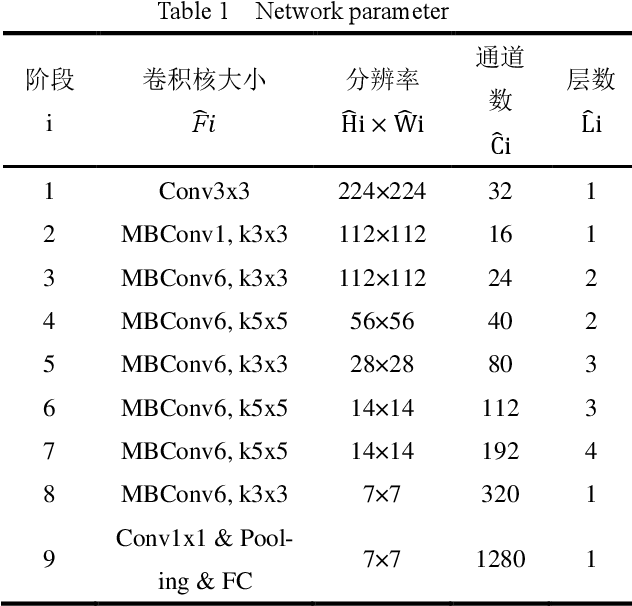
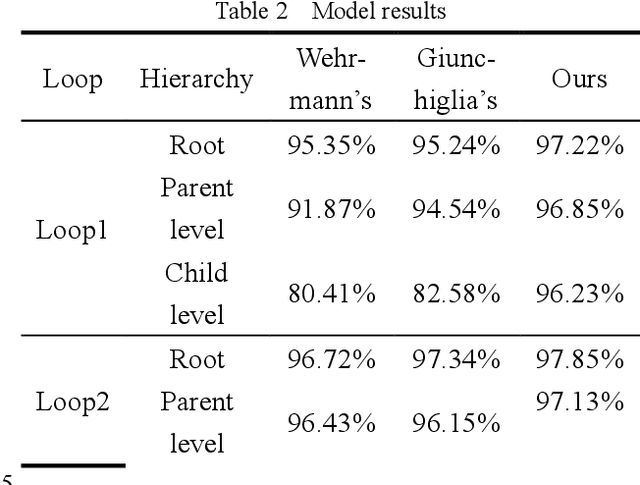

Abstract:The safe and reliable operation of complex electromechanical systems in nuclear power plants is crucial for the safe production of nuclear power plants and their nuclear power unit. Therefore, accurate and timely fault diagnosis of nuclear power systems is of great significance for ensuring the safe and reliable operation of nuclear power plants. The existing fault diagnosis methods mainly target a single device or subsystem, making it difficult to analyze the inherent connections and mutual effects between different types of faults at the entire unit level. This article uses the AP1000 full-scale simulator to simulate the important mechanical component failures of some key systems in the primary and secondary circuits of nuclear power units, and constructs a fault dataset. Meanwhile, a hierarchical multi granularity classification fault diagnosis model based on the EfficientNet large model is proposed, aiming to achieve hierarchical classification of nuclear power faults. The results indicate that the proposed fault diagnosis model can effectively classify faults in different circuits and system components of nuclear power units into hierarchical categories. However, the fault dataset in this study was obtained from a simulator, which may introduce additional information due to parameter redundancy, thereby affecting the diagnostic performance of the model.
Light-LOAM: A Lightweight LiDAR Odometry and Mapping based on Graph-Matching
Oct 06, 2023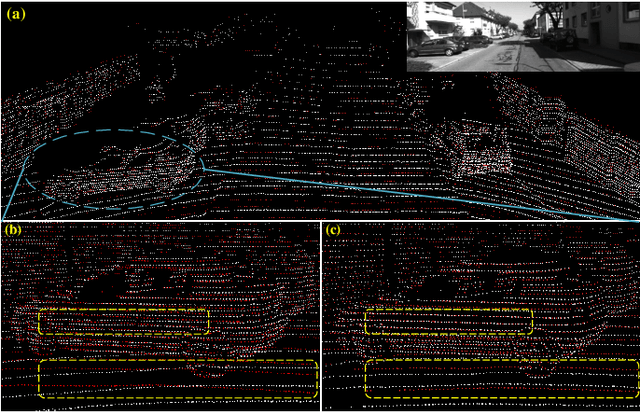
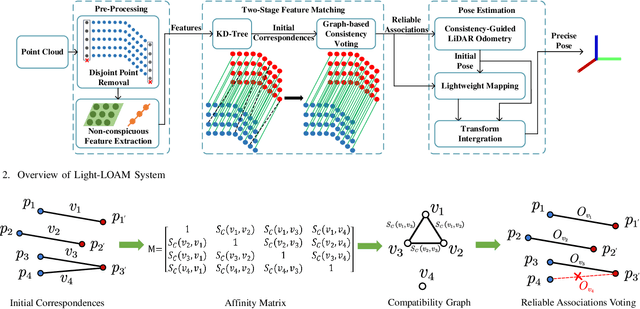
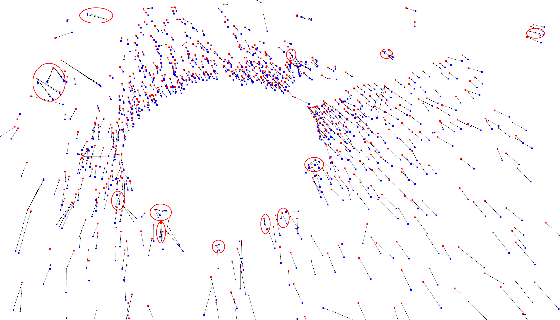
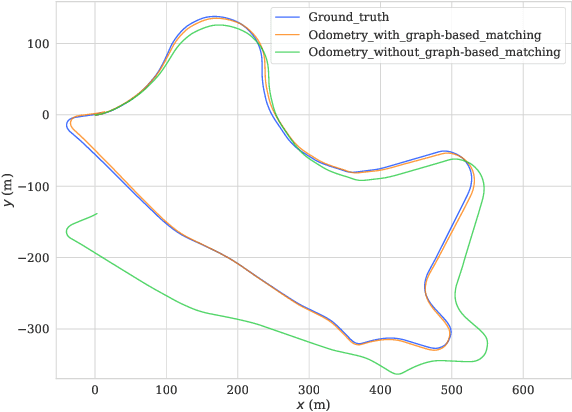
Abstract:Simultaneous Localization and Mapping (SLAM) plays an important role in robot autonomy. Reliability and efficiency are the two most valued features for applying SLAM in robot applications. In this paper, we consider achieving a reliable LiDAR-based SLAM function in computation-limited platforms, such as quadrotor UAVs based on graph-based point cloud association. First, contrary to most works selecting salient features for point cloud registration, we propose a non-conspicuous feature selection strategy for reliability and robustness purposes. Then a two-stage correspondence selection method is used to register the point cloud, which includes a KD-tree-based coarse matching followed by a graph-based matching method that uses geometric consistency to vote out incorrect correspondences. Additionally, we propose an odometry approach where the weight optimizations are guided by vote results from the aforementioned geometric consistency graph. In this way, the optimization of LiDAR odometry rapidly converges and evaluates a fairly accurate transformation resulting in the back-end module efficiently finishing the mapping task. Finally, we evaluate our proposed framework on the KITTI odometry dataset and real-world environments. Experiments show that our SLAM system achieves a comparative level or higher level of accuracy with more balanced computation efficiency compared with the mainstream LiDAR-based SLAM solutions.
 Add to Chrome
Add to Chrome Add to Firefox
Add to Firefox Add to Edge
Add to Edge